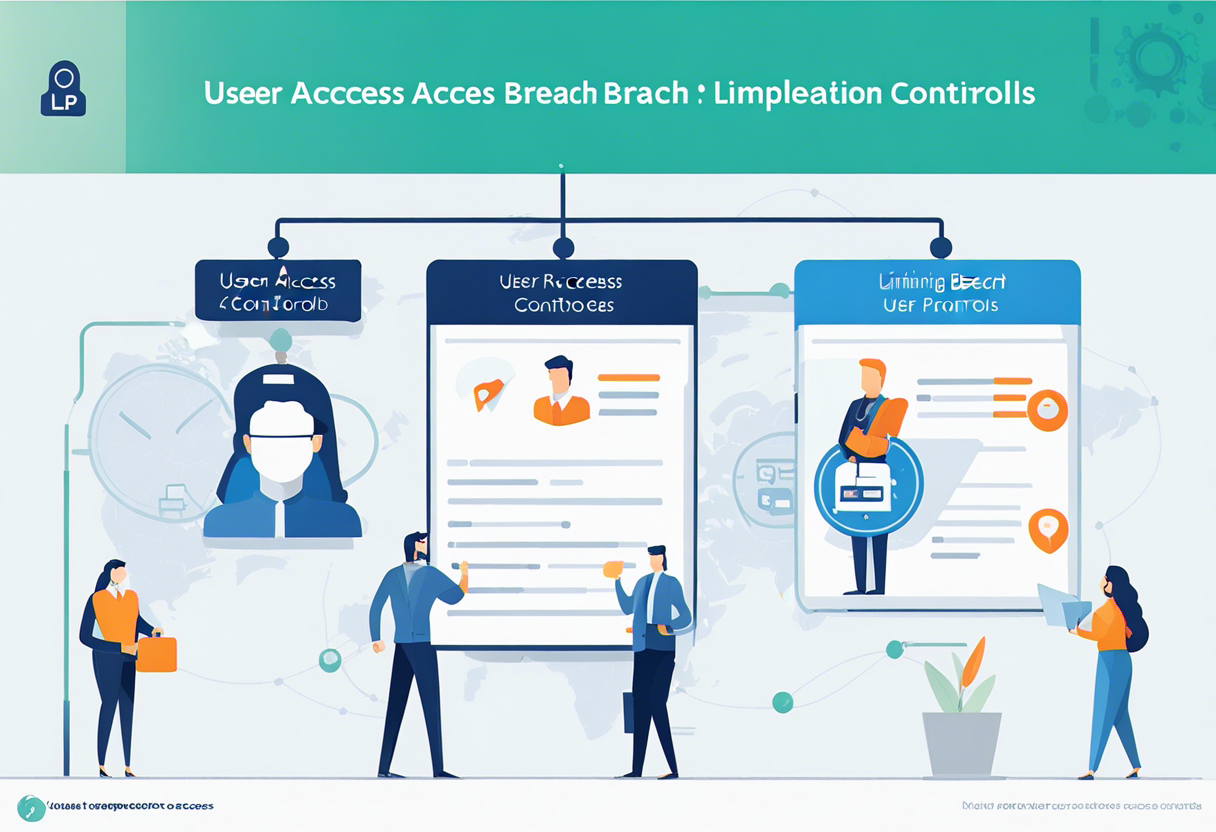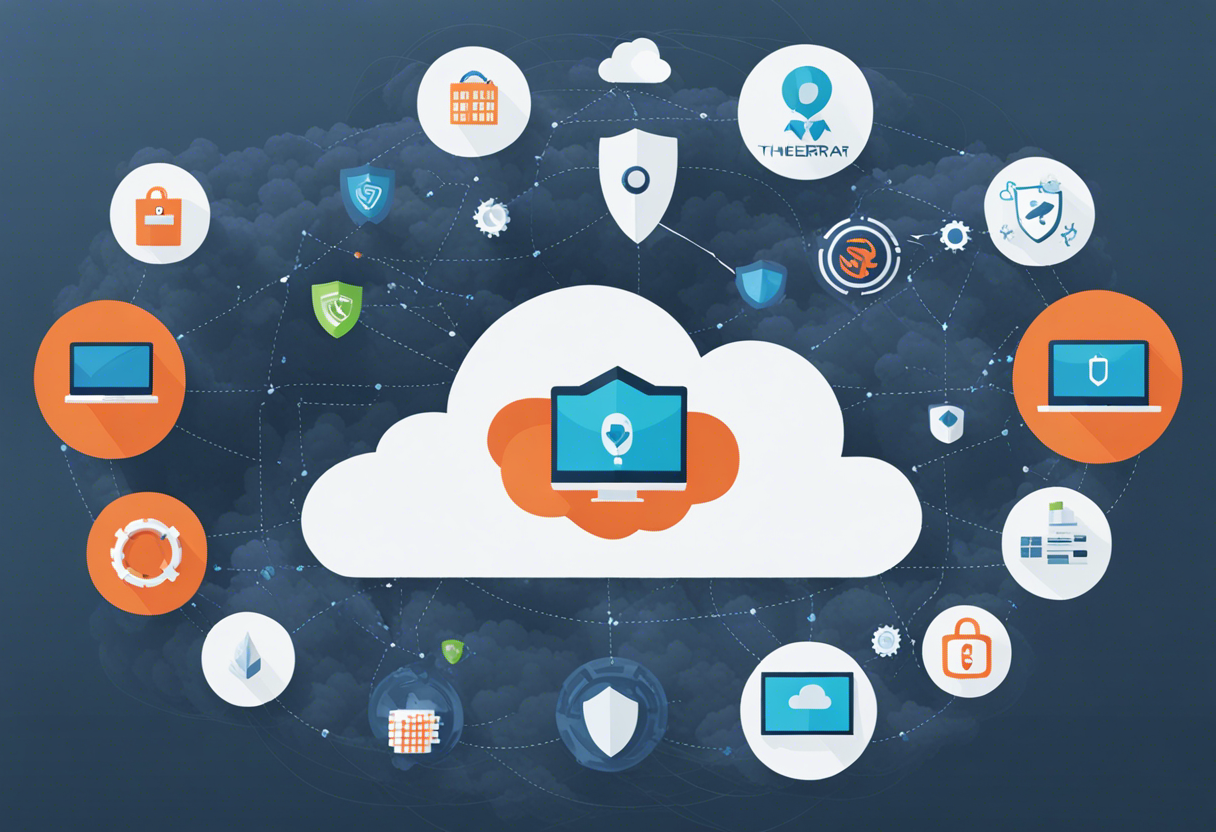Streamlining Your Digital Sky: A Deep Dive into Top Strategies for Enhancing Cloud Security
The first step towards optimizing cloud security is fully understanding your cloud environment and its unique vulnerabilities. This involves conducting thorough audits of your cloud systems, studying the data flow, the applications used, as well as identifying potential loopholes that hackers could exploit. This understanding makes it easier to implement defensive measures in line with cloud capabilities and requirements.
Additionally, knowing how data moves within the cloud is essential in securing it. This pertains to both data at rest and in transit. You should be able to trace how all data enters and exits the cloud system. With this visibility, you can spot unauthorized access or suspicious actions early on, helping curtail potential cyber threats.
Also, understanding environments extends to recognizing third-party partners' cloud integration. Third-parties can often become weak links in security chains. Knowing their level of access and control can allow for better security measures.
User Access Controls: Limiting Opportunities for Breach

Once you understand your cloud, the next step is tightening accessibility. Implementing robust user access controls ensures that only authorized personnel have access to sensitive data or systems. The principle of Least Privilege (PoLP) is key here – each user should only have access to what they need to perform their jobs and nothing more.
Multi-Factor Authentication (MFA) is an excellent tool facilitating this, adding an extra security layer by requiring multiple credentials for login. Another helpful solution is Single Sign-On (SSO), which simplifies access control by allowing users to login to multiple services with one set of credentials.
Moreover, regular audits of user access controls can help identify redundant user privileges that can be revoked to further tighten security.
Data Encryption: An Indispensable Layer of Protection

Protecting your internal systems is crucial, but securing your data throughout its lifecycle is equally vital. Data encryption, applied both at rest and in transit, ensures that even if hackers intercept your data, it remains unintelligible to them.
Different encryption methodologies, like symmetric or asymmetric encryption, can be employed for varying situations. Companies should remember to store encryption keys securely, as their exposure can render encryption useless.
Furthermore, tokenization can also be used to de-identify sensitive data, ensuring further safety

Regular Patching and Updates: Maintaining an Impenetrable Shield

The digital landscape is evolving rapidly, and so are cyber threats. Regular patching and updating cloud software help counter these evolving threats. Software updates often include patches for vulnerabilities that hackers could otherwise exploit.
Beyond instinctive updates, a proactive approach involves following cybersecurity news, keeping ahead of potential threats. Using threat intelligence platforms could be resourceful in keeping informed about new vulnerabilities, attack vectors, and defense strategies.
Incident Response Plan: Preparing for the Inevitable

Even with strengthened cloud security, breaches can occur. Having an incident response plan greatly ensures that, when a breach occurs, the impact is minimized, and operations can recover quickly.
The incident response plan typically covers identifying the breach, containing it, eradicating the cause, restoring systems and data, and documenting the incident for future learning.
Continuous Monitoring and Education: Sustaining Cloud Security

Finally, continuous monitoring of cloud systems helps in identifying and neutralizing potential threats quickly. Regular log analysis, anomaly detection, and risk assessments are several techniques that can be used to keep an eye on activities within the cloud environment.
Education and training are just as important, cultivating a culture of security awareness. Training programs should be devised to educate employees about safe online practices, potential threats like phishing attempts, and steps to follow in case of a suspected breach. Empowering employees with cybersecurity knowledge turns them into active participants in your organization's cloud security strategy.







